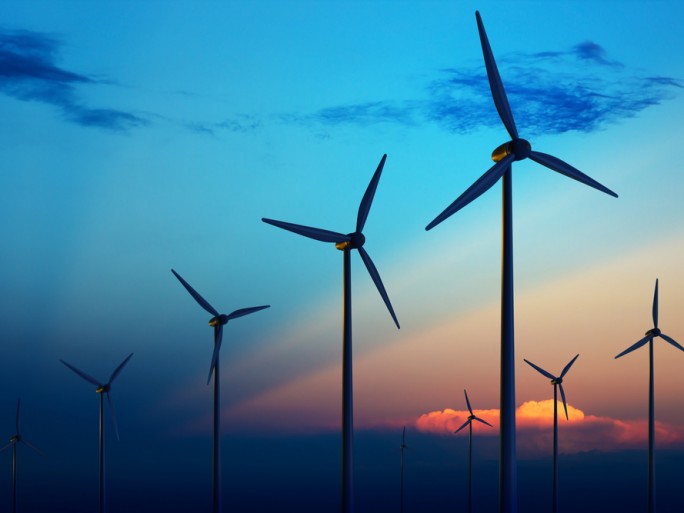Five Ways Our Energy Infrastructure Is Transforming

RWE npower chief executive Paul Massara tells TechWeekEurope how the ‘Uberisation’ of energy could be good news for all of us
To meet modern demands for a low carbon economy, our energy infrastructure will need to change beyond all recognition. There are plenty of exciting opportunities ahead, from solar panels to the ‘Uberisation’ of energy.
1) Solar and storage will change the rules. Due to developments in battery technology, more consumers will go off-grid or only rely on their suppliers for back-up. They will be able to run their electric cars, their household and their business appliances all at nearly no cost. Then they will start to make money from their energy production by selling their surplus to the grid.
 2) Changing infrastructure. As solar produced electricity becomes cheaper the demand for coal, gas and oil will decrease. Our energy infrastructure will move from one way supply to two way sharing and demand side response will become more important, leading to millions of islands of electricity generation. This will be a positive development, but will we still need to pay full-time costs for the upkeep of a part-time back-up infrastructure.
2) Changing infrastructure. As solar produced electricity becomes cheaper the demand for coal, gas and oil will decrease. Our energy infrastructure will move from one way supply to two way sharing and demand side response will become more important, leading to millions of islands of electricity generation. This will be a positive development, but will we still need to pay full-time costs for the upkeep of a part-time back-up infrastructure.
3) The data driven revolution. With advances in mobile technology, consumers will become ‘prosumers’, adept at managing energy from their smart phones. Unprecedented data availability will drive new business models – just as it has at Uber and Airbnb. We could see community energy schemes with people selling to their neighbours, whilst local authorities could let us pay our council tax in kilowatts rather than pounds.
4) Smart metering. Smart maters are the building blocks of this energy revolution and they’ll be rolled out to up to 27 million homes by 2020. Since the program was started, the completion date has remained fixed, but the start date has been pushed back and back. Many people are saying that this delay raises real feasibility issues. It might be politically unpopular, but delaying the completion date or adjusting the target to 80 percent by 2020 could be a sensible move.
5) Building tomorrow while paying for today. The Government’s Electricity Market Reform has already made long-term decisions, for example 35 year deals for nuclear power and assumptions that gas prices will only increase. Will we still be paying for nuclear electricity when we can get it for nothing from solar panels? Will falling power prices mean we are locked into high priced energy? We need to make sure that long-term decisions reflect the trend towards renewable energy and new technology.
These examples illustrate the challenges of making effective long-term policy decisions in a complex market. In June npower supported the campaign by Vivid Economics for a new Office of Energy. This would be based along the lines of the OBR, and would provide trusted data to help us all make more make informed decisions and manage the ‘trilemma’ of often conflicting priorities.
It really is an exciting time to be in the energy industry; however we need to manage the transition through informed decision making. Then we can really move from an ‘owning economy’ to a ‘sharing economy’.
Paul Massara is the chief executive of RWE npower
Do you know about renewable energy? Try our quiz!